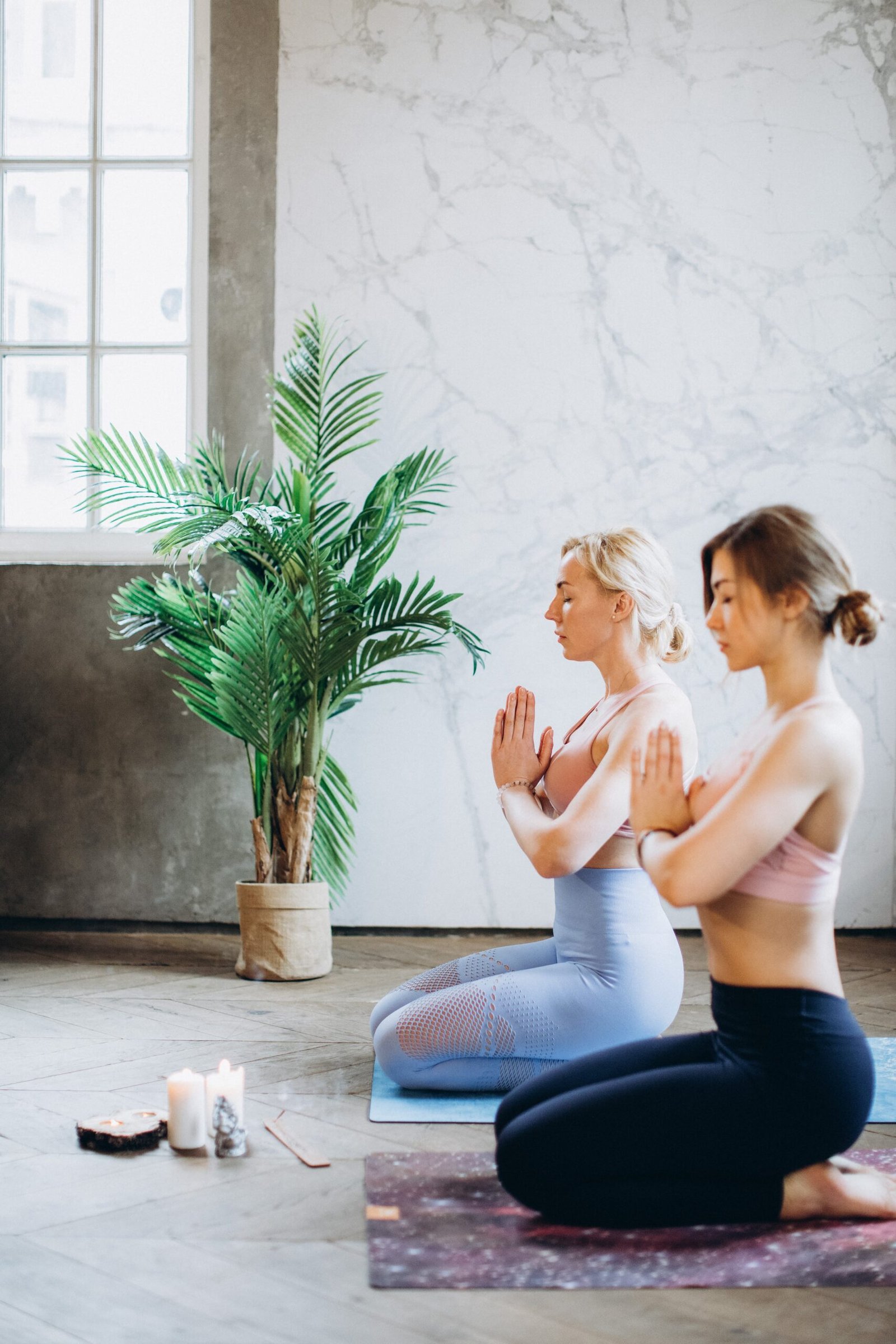🧘 Beginner’s Guide to Meditation – In today’s fast-paced world, finding a moment of peace and tranquility can be a challenge. Meditation offers a way to slow down and connect with your inner self. If you’re new to this practice, here’s a beginner’s guide to help you get started on your journey to mindfulness and relaxation.
What is Meditation?
Meditation is a practice where an individual uses a technique – such as mindfulness, focusing the mind on a particular object, thought, or activity – to train attention and awareness, and achieve a mentally clear and emotionally calm and stable state. It has been practiced for thousands of years and is a part of numerous religious traditions and beliefs, but it can also be done as a secular, stress-reducing practice.
Benefits of Meditation
Meditation can have numerous benefits, both mentally and physically. Regular practice can lead to:
- Reduced Stress: Meditation is known for its stress-reducing qualities. It helps in lowering the levels of cortisol, the stress hormone.
- Enhanced Focus: Regular meditation can improve your ability to concentrate and focus.
- Better Emotional Well-being: Meditation can lead to an improved self-image and a more positive outlook on life.
- Decreased Anxiety: Meditation’s calming effect can reduce anxiety levels.
- Improved Sleep: It can help in regulating sleep patterns and promote restful sleep.
Getting Started with Meditation
1. Choose a Quiet Spot
Find a quiet place where you won’t be disturbed. It could be a corner of your room, a comfortable chair, or a spot in your garden.
2. Set a Time Limit
If you’re just beginning, start with short sessions, like 5-10 minutes. As you get more comfortable, you can gradually increase the duration.
3. Get Comfortable
Sit or lie down, depending on what feels most comfortable for you. Make sure your posture is relaxed but attentive.
4. Focus on Your Breath
Close your eyes and bring your attention to your breathing. Notice the sensation of air entering and leaving your body.
5. Return to Your Breath When Your Mind Wanders
Your mind will wander, and that’s okay. When you notice your thoughts drifting, gently bring your focus back to your breath.
Types of Meditation
There are many types of meditation, and you might want to experiment with a few to see what works best for you. Some popular types include:
- Mindfulness Meditation: Focuses on being intensely aware of what you’re sensing and feeling in the moment, without interpretation or judgment.
- Transcendental Meditation: Involves silently repeating a personal mantra.
- Guided Meditation: Involves following a guided visualization or imagery, often led by a teacher or an app.
- Yoga: Involves a series of postures and controlled breathing exercises to promote a more flexible body and a calm mind.
Tips for Beginners
- Be Patient: It takes time to get comfortable with meditation. Be patient with yourself.
- Consistency is Key: Try to meditate at the same time each day to establish a routine.
- Experiment: Don’t be afraid to try different meditation techniques and find what works for you.
- Join a Community: Consider joining a meditation group or class. This can provide additional support and motivation.
Conclusion
Meditation is a simple yet powerful tool that can enhance your life significantly. Remember, there’s no right or wrong way to meditate. What’s important is that you make time for yourself and practice regularly. Happy meditating!
